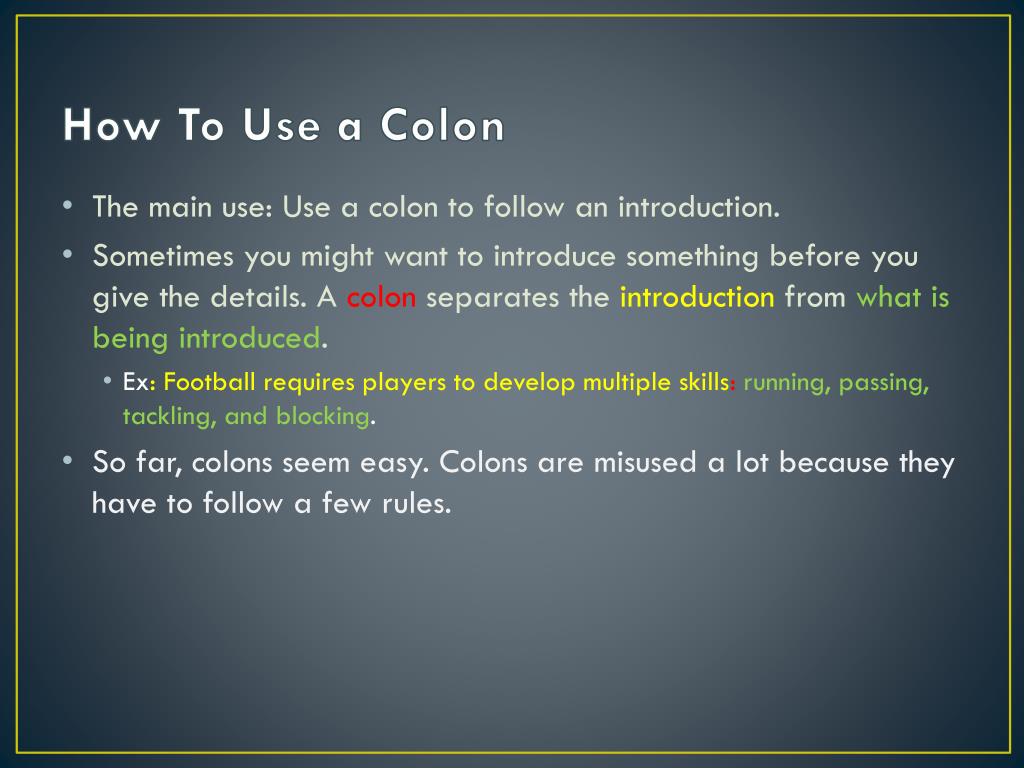Eventually, these individual laws were combined into a single equation—the ideal gas law—that relates gas quantities for gases and is quite accurate for low pressures and moderate temperatures. We will consider the key developments in individual relationships , then put them together in the ideal gas law. The behavior of gases can be described by several laws based on experimental observations of their properties.
The pressure of a given amount of gas is directly proportional to its absolute temperature, provided that the volume does not change (Amontons's law). The volume of a given gas sample is directly proportional to its absolute temperature at constant pressure (Charles's law). The volume of a given amount of gas is inversely proportional to its pressure when temperature is held constant (Boyle's law). Under the same conditions of temperature and pressure, equal volumes of all gases contain the same number of molecules (Avogadro's law). First, we must determine the question, which is to calculate the volume of a quantity of gas at a given temperature and pressure. In a second step, after establishing a basis, we must convert the mass of methane that will be the basis into pound moles.
Third, we must convert temperature in degrees Fahrenheit into absolute degrees Rankin and, fourth, convert pressure from psig into psia. Fifth, we must select the appropriate ideal gas constant and use it with a rewritten form of Equation 4.11 to determine the volume of 11.0 lbs of methane gas. Finally, we can substitute the values previously determined into the rewritten equation to calculate the volume. Gases whose properties of P, V, and T are accurately described by the ideal gas law are said to exhibit ideal behavior or to approximate the traits of an ideal gas.
An ideal gas is a hypothetical construct that may be used along with kinetic molecular theory to effectively explain the gas laws as will be described in a later module of this chapter. Although all the calculations presented in this module assume ideal behavior, this assumption is only reasonable for gases under conditions of relatively low pressure and high temperature. In the final module of this chapter, a modified gas law will be introduced that accounts for the non-ideal behavior observed for many gases at relatively high pressures and low temperatures.
This relationship between temperature and pressure is observed for any sample of gas confined to a constant volume. An example of experimental pressure-temperature data is shown for a sample of air under these conditions in Figure 3. An example of experimental pressure-temperature data is shown for a sample of air under these conditions in Figure 9.11.
The volume and temperature are linearly related for 1 mole of methane gas at a constant pressure of 1 atm. If the temperature is in kelvin, volume and temperature are directly proportional. Charles's law states that the volume of a given amount of gas is directly proportional to its temperature on the kelvin scale when the pressure is held constant.
We have just seen that the volume of a specified amount of a gas at constant pressure is proportional to the absolute temperature. In addition, we saw that the volume of a specified amount gas at a constant temperature is also inversely proportional to its pressure. We can correctly assume that pressure of a specified amount of gas at a constant volume is proportional to its absolute temperature. Let us also add the fact that the volume at constant pressure and temperature is also proportional to the amount of gas. Similarly, the pressure at constant volume and temperature is proportional to the amount of gas. Thus, these laws and relationships can be combined to give Equation 4.10.
Like the other ideal gas laws, Avogadro's law only approximates the behavior of real gases. Under conditions of high temperature or pressure, the law is inaccurate. The relation works best for gases held at low pressure and ordinary temperatures. Also, smaller gas particles—helium, hydrogen, and nitrogen—yield better results than larger molecules, which are more likely to interact with each other. It is important to check your answer to be sure that it makes sense, just in case you have accidentally inverted a quantity or multiplied rather than divided. Because we know that gas volume decreases with decreasing temperature, the final volume must be less than the initial volume, so the answer makes sense.
We could have calculated the new volume by plugging all the given numbers into the ideal gas law, but it is generally much easier and faster to focus on only the quantities that change. Thus the volume of 1 mol of an ideal gas is 22.71 L at STP and 22.41 L at 0°C and 1 atm, approximately equivalent to the volume of three basketballs. The molar volumes of several real gases at 0°C and 1 atm are given in Table 10.3, which shows that the deviations from ideal gas behavior are quite small.
Thus the ideal gas law does a good job of approximating the behavior of real gases at 0°C and 1 atm. The relationships described in Section 10.3 as Boyle's, Charles's, and Avogadro's laws are simply special cases of the ideal gas law in which two of the four parameters are held fixed. The ideal gas law allows us to calculate the value of the fourth variable for a gaseous sample if we know the values of any three of the four variables .
It also allows us to predict the final state of a sample of a gas (i.e., its final temperature, pressure, volume, and amount) following any changes in conditions if the parameters are specified for an initial state. Some applications are illustrated in the following examples. The approach used throughout is always to start with the same equation—the ideal gas law—and then determine which quantities are given and which need to be calculated. Let's begin with simple cases in which we are given three of the four parameters needed for a complete physical description of a gaseous sample. Most gases behave like ideal gases at moderate pressures and temperatures. The technology of the 17th century could not produce very high pressures or very low temperatures.
Hence, the law was not likely to have deviations at the time of publication. The deviation is expressed as the compressibility factor. This relationship between pressure and volume was first noted by Richard Towneley and Henry Power in the 17th century. Robert Boyle confirmed their discovery through experiments and published the results.
According to Robert Gunther and other authorities, it was Boyle's assistant, Robert Hooke, who built the experimental apparatus. Boyle's law is based on experiments with air, which he considered to be a fluid of particles at rest in between small invisible springs. At that time, air was still seen as one of the four elements, but Boyle disagreed. Boyle's interest was probably to understand air as an essential element of life; for example, he published works on the growth of plants without air.
Boyle used a closed J-shaped tube and after pouring mercury from one side he forced the air on the other side to contract under the pressure of mercury. After repeating the experiment several times and using different amounts of mercury he found that under controlled conditions, the pressure of a gas is inversely proportional to the volume occupied by it. The French physicist Edme Mariotte (1620–1684) discovered the same law independently of Boyle in 1679, but Boyle had already published it in 1662.
Mariotte did, however, discover that air volume changes with temperature. Thus this law is sometimes referred to as Mariotte's law or the Boyle–Mariotte law. Instead of a static theory, a kinetic theory is needed, which was provided two centuries later by Maxwell and Boltzmann. It is possible to calculate the final volume or pressure of an ideal gas using the various gas laws such as Boyle's law. According to this particular law, the pressure is inversely proportional to the volume.
The necessary condition is that temperature should be constant. Boyle's law is an experimental gas law that describes how the pressure of a gas tends to increase as the volume of the container decreases. The absolute pressure exerted by a given mass of an ideal gas is inversely proportional to the volume it occupies if the temperature and amount of gas remain unchanged within a closed system. Compressing a gas initiates changes in its characteristics.
Because you're compressing it, the volume of space the gas occupies decreases, but a lot more happens than this alone. Compression changes the temperature and pressure of the gas too, depending on the specifics of the situation. You can understand the changes that occur using an important law in physics called the ideal gas law. This law simplifies the real-life process somewhat, but it is useful in a wide range of situations.
Or Boyle's law is a gas law, stating that the pressure and volume of a gas have an inverse relationship. If volume increases, then pressure decreases and vice versa, when the temperature is held constant. Avogadro's gas law states the volume of a gas is proportional to the number of moles of gas present when the temperature and pressure are held constant. This example problem demonstrates how to use Avogadro's law to determine the volume of a gas when more gas is added to the system. The attraction or repulsion between the individual gas molecules and the container are negligible.
Further, for an ideal gas, the molecules are considered to be perfectly elastic and there is no internal energy loss resulting from collision between the molecules. Such ideal gases are said to obey several classical equations such as the Boyle's law, Charles's law and the ideal gas equation or the perfect gas equation. We will first discuss the behavior of ideal gases and then follow it up with the behavior of real gases.
As mentioned above, there are several options for changing the state of a gas from one state to another. So we might expect that the amount of work done on, or by a gas could be different depending on exactly how the state is changed. As an example, on the graph on the figure, we show a curved black line from State 1 to State 2 of our confined gas. This line represents a change brought about by removing weights and decreasing the pressure and allowing the volume to adjust according to Boyle's law with no heat addition. The line is curved and the amount of work done on the gas is shown by the red shaded area below this curve. We could, however, move from State 1 to State 2 by holding the pressure constant and increasing the volume by heating the gas using Charles' law.
The resulting change in state proceeds from State 1 to an intermediate State "a" on the graph. State "a" is at the same pressure as State 1, but at a different volume. If we then remove the weights, holding a constant volume, we proceed on to State 2. The work done in this process is shown by the yellow shaded area. Using eitherprocess we change the state of the gas from State 1 to State 2.
But the work for the constant pressure process is greater than the work for the curved line process. The work done by a gas not only depends on the initial and final states of the gas but also on the process used to change the state. Different processes can produce the same state, but produce different amounts of work. If we partially fill an airtight syringe with air, the syringe contains a specific amount of air at constant temperature, say 25 °C. This example of the effect of volume on the pressure of a given amount of a confined gas is true in general.
Decreasing the volume of a contained gas will increase its pressure, and increasing its volume will decrease its pressure. In fact, if the volume increases by a certain factor, the pressure decreases by the same factor, and vice versa. Volume-pressure data for an air sample at room temperature are graphed in Figure 9.13.
The ideal gas equation contains five terms, the gas constant R and the variable properties P, V, n, and T. Specifying any four of these terms will permit use of the ideal gas law to calculate the fifth term as demonstrated in the following example exercises. Volume-pressure data for an air sample at room temperature are graphed in Figure 5. An ideal gas is defined as a hypothetical gaseous substance whose behavior is independent of attractive and repulsive forces and can be completely described by the ideal gas law. In reality, there is no such thing as an ideal gas, but an ideal gas is a useful conceptual model that allows us to understand how gases respond to changing conditions.
As we shall see, under many conditions, most real gases exhibit behavior that closely approximates that of an ideal gas. The ideal gas law can therefore be used to predict the behavior of real gases under most conditions. The ideal gas law does not work well at very low temperatures or very high pressures, where deviations from ideal behavior are most commonly observed. For a constant volume and amount of air, the pressure and temperature are directly proportional, provided the temperature is in kelvin.
Kinetic particle reasoning - increasing the temperature increases the kinetic energy of the molecules giving more forceful collisions which push out the gas at constant pressure. The line stops at 111 K because methane liquefies at this temperature; when extrapolated, it intersects the graph's origin, representing a temperature of absolute zero. The state of a gas is determined by the values of certain measurable propertieslike the pressure,temperature,andvolumewhich the gas occupies. The values of these variables and the state of the gas can be changed. On this figure we show a gas confined in a blue jar in two different states. On the left, in State 1, the gas is at a higher pressure and occupies a smaller volume than in State 2, at the right.
We can represent the state of the gas on a graph of pressure versus volume, which is called ap-V diagramas shown at the right. In some of these changes, we do work on, or have work done by the gas, in other changes we add, or remove heat. Thermodynamics helps us determine the amount of work and the amount of heat necessary to change the state of the gas.Notice that in this example we have a fixed mass of gas. We can therefore plot either thephysical volumeor thespecific volume, volume divided by mass, since the change is the same for a constant mass.
A certain mass of gas has a volume of 1000ft3 at 60psig. If temperature is constant and the pressure increases to 120psig, what is the final volume of the gas? Therefore, according to Charles' law for an ideal gas at constant pressure, the volume will change in the same proportion as its temperature.
Thus, a 20% increase in temperature will cause a 20% increase in volume as long as the pressure does not change. Similarly, if volume is kept constant, a 20% increase in temperature will result in the same percentage in increase in gas pressure. Constant pressure is also known as isobaric condition. A common use of Equation \(\ref\) is to determine the molar mass of an unknown gas by measuring its density at a known temperature and pressure.
This method is particularly useful in identifying a gas that has been produced in a reaction, and it is not difficult to carry out. A flask or glass bulb of known volume is carefully dried, evacuated, sealed, and weighed empty. It is then filled with a sample of a gas at a known temperature and pressure and reweighed. The difference in mass between the two readings is the mass of the gas. The volume of the flask is usually determined by weighing the flask when empty and when filled with a liquid of known density such as water. The use of density measurements to calculate molar masses is illustrated in Example \(\PageIndex\).


















































